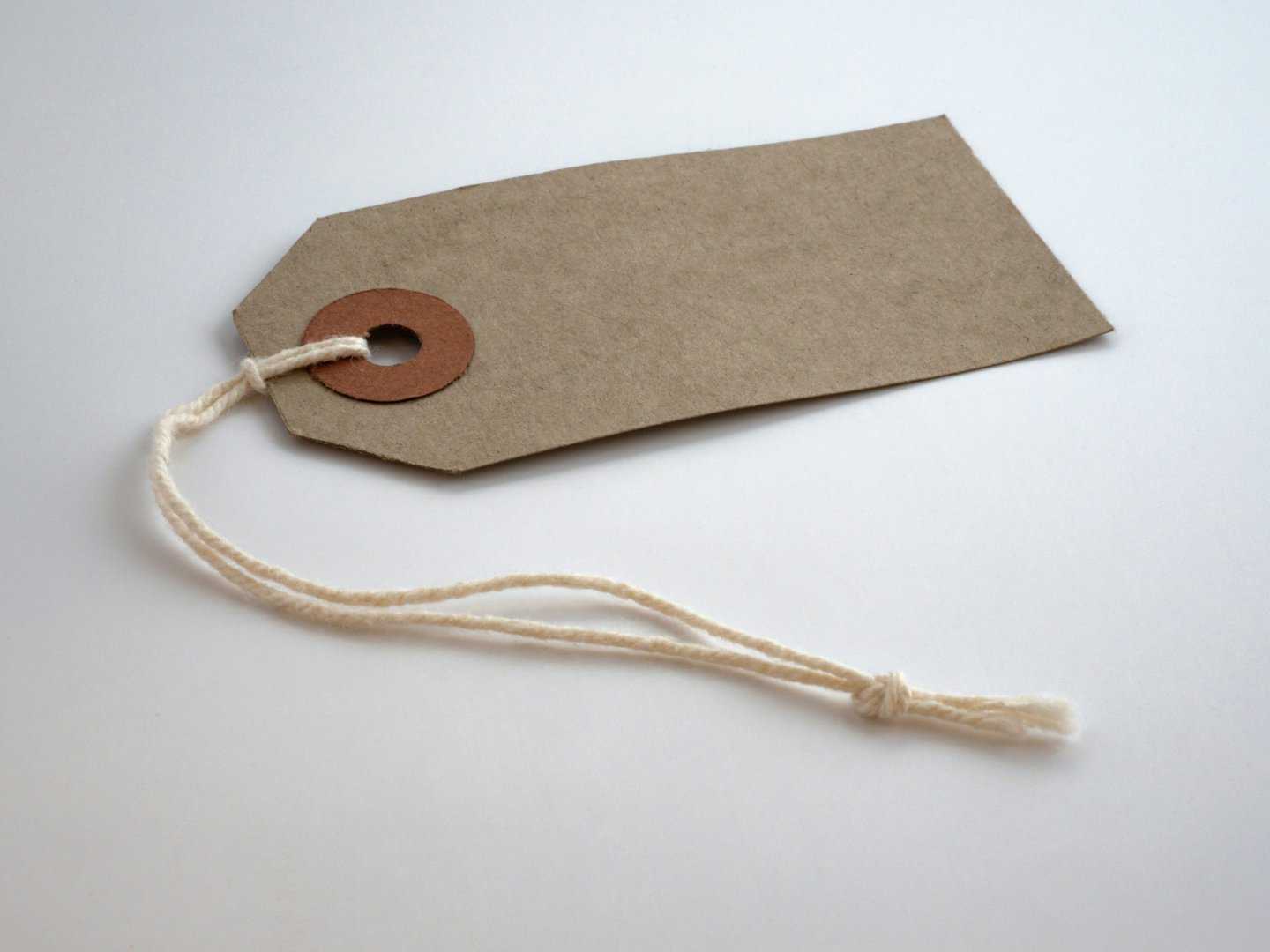Whenever I talk sales with people, especially when I am teaching, people tell me they are drowned in price objections. Even more so now, everyone is tight for cash.
They bemoan how much they have put into their products or services and how little people appreciate those years of dedication. On this, they are correct. It is a case of “Frankly, my dear, I don’t give a damn.”
But telling me that always gives me a clue as to what is going wrong. People who want that appreciation and understanding are focusing on themselves. To do sales successfully, nailing value and price objections, the focus must be on the customer. Customers are only interested in their needs and desires, the itches they need to scratch.
A price objection is often an excuse
People give you a price objection because it is an easy excuse, coming quickly to mind, that they think will get them out of the situation. Equally, they may believe that they might miss out on a healthy discount if they don’t object on price grounds.
When we are in sales mode, it is easy to leap to the conclusion that someone wants a discount because they have given you a price objection. But that is wrong. By price, they mean that they don’t think they see enough value in what you are offering.
These two are not the same.
Let’s assume that you have done your marketing correctly. If so, you should be talking to someone who technically has the money to pay your price. Instead, they are saying they don’t want it and giving you a price objection.
Value is relative to a whole heap of things. It may be to do with how you stack up against the competition. But it mostly depends on how much the customer wants what you are selling. Your value has to, therefore, be worth the asking price.

Overcoming the price objection
When someone gives you a price objection, try the response of, “That is fine,” which will throw them off balance to start with. They will have expected you to argue. Instead, ask them why they think the price is too high. Remember, there is always more to it than just price.
If they say they have seen it cheaper elsewhere, go for the disarming approach again and apologize. That will make most customers curious enough to listen. Tell them you must be failing at your job entirely as you should have explained to them what makes what you do unique, special, better (or whatever is appropriate about your USP). In other words, why are you worth your price?
Keep chatting and finding out what they are looking for in terms of value. Build trust, which is often the problem with higher ticket items, be it in you, the company, or the product. Go through it again and listen to any “maybe” wobbles in the discussion.
Even now, people will pay if they want something badly enough, particularly if they see it is different, unique, and personal. Justify or prove as appropriate why your claim is valid. Unfortunately, too many companies claim that what they do is different from the USP they know they ought to have, but few actually deliver.
Once they understand that you genuinely are different, they will start to see the value in the price, and care a lot less about it. Always ensure you have nailed explaining the USP and what it can do for them.
Never ask a potential customer their budget. Everyone tells you it is less than the correct figure, and you start negotiations from a low point and dug yourself a crater. You then have to start negotiating the price up from way below realistic. The chances of a healthy price recede into the distance, but in this case, it would be your own doing.
Equally, during negotiations, if they say the price is too high, don’t say, “How much did you have in mind?” Precisely the same story. They will tell you something outrageously low.
Another issue about getting to the price objection too early is that the customer assumes they are simply getting something off the shelf that anyone could get. They will not perceive you as having developed and formed any particular offering for them.
Logically, an off-the-shelf, early price has not had the time and information to be turned into a unique offering, and they know it. So, by going there too early, you are massively devaluing your offering, making your customer believe there is nothing special about it.
Negotiating is a lot about ego. It has become a badge of honour to boast about the fantastic deal you got when you bought something and how well you haggled. So you need to stroke that ego, make them think they have the best deal ever, the one only they could have achieved.
Depending on what you are selling, you can nearly always keep a giveaway to the end. Then, when you get to the price objection, you will have saved some wiggle room to eventually ask, “If I could include this as well, can we put this deal together?” You cannot do this if you get to price negotiation too early.
Give them an extra (that you have budgeted for already, unbeknownst to them) at the end, and they will then be able to go away and say to all their friends that they got something special thrown in, that they are the clever ones who got an extra good deal.
To withstand price objections, you must always have total confidence in your product. If you are over-beaten down in the negotiations, the customer will have the wrong mindset. They will believe that bullying will get them money off, and you can guarantee they too will complain, wanting further discounts.
Sadly, most of us have suffered from a customer like this. Often for peace and quiet, we have given in on price and had our lives turned into a nightmare by the customer from hell, who is the most demanding and unreasonable ever.
Remember – a price objection is just a standard excuse for a whole heap of things. But if you haven’t established their emotional needs for buying from the start, nor put forward what is unique about what you offer, you will go on getting clients who do not see much value in what you do.

You may also enjoy this article on sales, which I wrote a little while ago, but may prove helpful.
This is a much-updated version of an article that appeared in Business Rocks.


